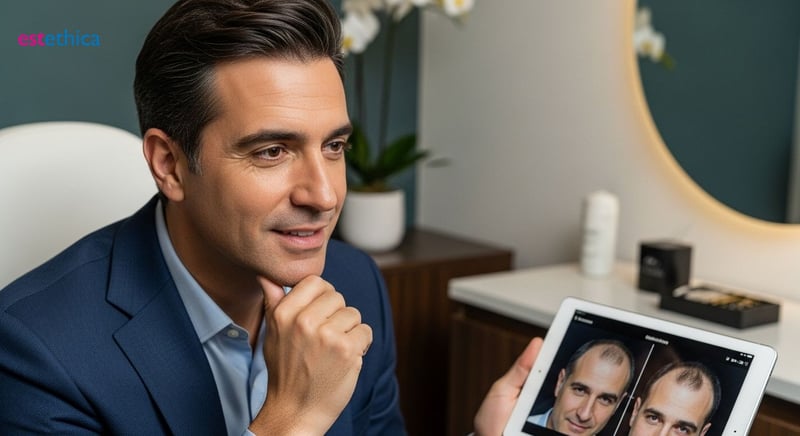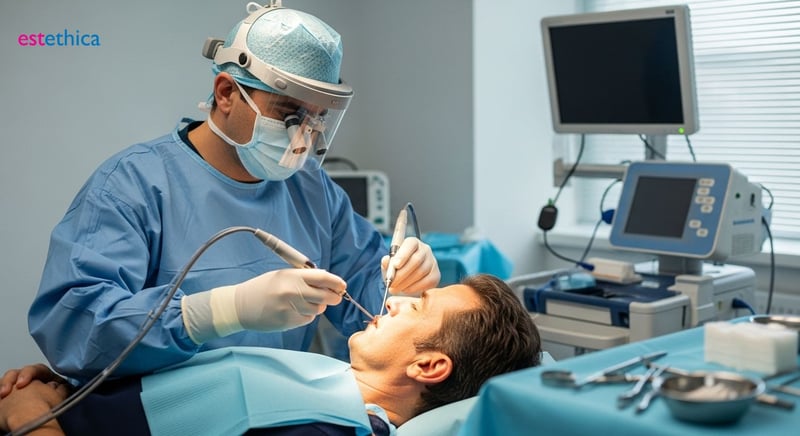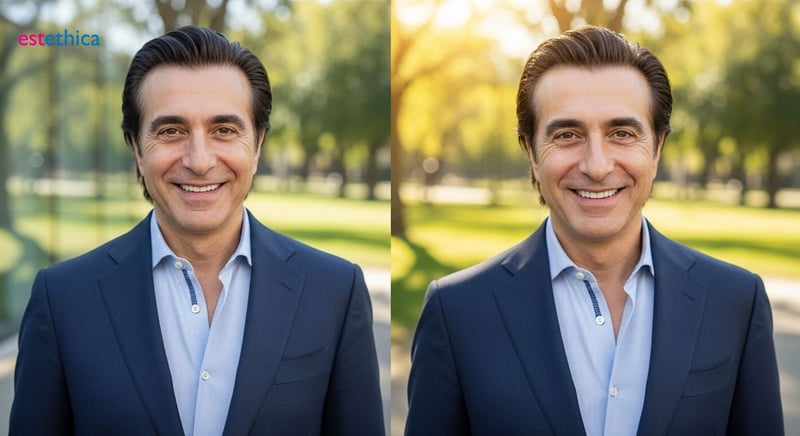Mastering Aesthetics: The Art of Beautiful Design
Mastering Aesthetics: The Art of Beautiful Design explores visual principles, design tips for rooms, harmony, balance, and the psychology of beauty to create captivating and impactful visual experiences.
Understanding Visual Aesthetics: What is it?
Visual aesthetics refers to the principles concerned with the nature and appreciation of beauty, especially in art and visual communication. It’s about how we perceive and judge visual qualities, exploring what makes something visually appealing or displeasing. At its heart, aesthetics in visual presentation involves understanding elements like line, shape, color, texture, and space, and how they interact to create a unified and impactful experience. It’s not just about making things look conventionally pretty; it’s about creating a specific feeling, conveying a clear message, or eliciting a desired response from the viewer.
The Essence of Visual Appeal
Consider the impact of visual choices. The selection of a minimalist color palette versus a vibrant, energetic one can dramatically alter the perception of a subject or a presentation. This can influence mood and engagement significantly. The arrangement of elements, the balance of occupied and empty areas, and the overall composition all contribute to the visual experience. Understanding these components allows for the intentional crafting of visuals that resonate. This exploration into what constitutes visual appeal is a fundamental aspect of creating compelling content. As we delve deeper into how these principles apply, we can see how they contribute to a richer understanding, much like in the broader context explored in Aesthetics Unveiled: Your Journey to Radiant Wellness. The goal is to achieve a visual harmony that connects with the intended audience and serves the purpose, transforming ordinary elements into extraordinary visual statements.
Beyond Surface Level Perception
Furthermore, the appreciation of visual qualities often intersects with cultural context and personal preferences, making it a rich and multifaceted field. What one person finds striking, another might overlook. This subjective layer adds complexity and depth to the study of visual aesthetics. Recognizing these nuances is crucial when aiming to connect with a diverse audience. It’s about more than just the immediate visual; it's about the deeper meaning and emotional connection that specific arrangements of form and color can evoke. The pursuit of elevated visual standards helps in effectively communicating complex information and building trust.

Enhancing Room Aesthetics: Design Tips
Elevating the visual appeal of any living space is a rewarding endeavor, achievable through a series of thoughtful design choices. The journey begins with establishing a cohesive color palette that will effectively set the desired mood. It's crucial to consider the psychological impact of different hues: tranquil blues and calming greens can foster an atmosphere of serenity, while vibrant reds and cheerful yellows are known to invigorate a room. Achieving balance is paramount; ensure that design elements are distributed evenly throughout the space to prevent a cluttered or overly sparse appearance.
The Foundation of a Beautiful Space
Texture plays a vital role in adding depth and visual interest. Incorporate a variety of textures through soft furnishings like plush rugs and velvet cushions, natural materials such as wood or stone, or decorative finishes on walls and accessories. Furthermore, effective lighting is non-negotiable. A layered lighting strategy, incorporating ambient, task, and accent lights, can dramatically transform the atmosphere and artfully highlight key design features, contributing significantly to the overall room aesthetics. Don't underestimate the importance of scale and proportion; ensuring that furniture and decor pieces are appropriately sized for the room is essential for a harmonious look. As an extension of refining our personal environments, one might also explore Aesthetic Medicine: Your Guide to Enhancing Natural Beauty, for a holistic approach to enhancing one's appearance.
Bringing Nature and Personality In
Integrating elements of nature, such as live plants or decorative items made from natural wood, can bring a sense of organic beauty and refreshing vitality into the space. These natural touches contribute to a more inviting and comfortable environment. Finally, infusing the space with personal touches is what truly makes a design unique. Displaying art, cherished photographs, or distinctive objects will imbue the room with personality, transforming it into a reflection of your individual style and preferences. These combined strategies work in synergy to create an environment that is not only visually captivating but also highly functional and welcoming, enhancing the overall room aesthetics.
Best Aesthetic Design Principles for Harmony and Balance
Achieving harmony and balance is fundamental to creating aesthetically pleasing visuals, especially when showcasing intricate procedures like hair transplantation. Harmony is the sense that all elements within a composition work together cohesively, fostering a feeling of unity and belonging. This unity can be cultivated through the consistent application of specific color palettes, the repetition of patterns, or the use of similar shapes throughout the visual narrative. When applied to hair restoration imagery, this means ensuring that before-and-after photos share similar lighting and angles, and that graphics illustrating processes like FUE and DHI maintain a unified visual style.
Balance, on the other hand, pertains to the distribution of visual weight within a design. It’s about creating stability and order that delights the viewer. Symmetrical balance, where elements are mirrored across a central axis, imparts a formal and tranquil character, ideal for conveying reliability. Asymmetrical balance, however, utilizes contrasting elements of varying visual weights to achieve equilibrium, offering a more dynamic and modern aesthetic. This approach can be particularly effective in showing the nuanced differences between various transplantation techniques. Radial balance, with elements arranged around a central point, draws the eye inward, guiding the viewer's focus, which can be useful for highlighting key areas of improvement or the precision of a procedure. As we explore further in Evolving Beauty: Navigating the World of Cosmetic Procedures, understanding these visual principles helps in appreciating the overall impact of such visual storytelling.
Key Principles for Visual Cohesion
Beyond harmony and balance, several other design principles contribute to impactful visuals. Contrast, achieved through differences in color, size, or shape, is vital for creating visual interest and directing attention to crucial details, such as the natural-looking results of a hair transplant. Proximity is the practice of grouping related elements together, forming cohesive visual units and reducing clutter. In the context of hair restoration, this could mean placing patient testimonials alongside their transformation images. Alignment ensures that elements are arranged in a structured manner, facilitating a smooth flow for the viewer's eye across the composition, preventing a chaotic or disjointed presentation. These principles work in concert to create a compelling and informative visual experience.

The Psychology of Beauty: How Aesthetics Affect Us
The profound impact of visual appeal extends far beyond simple admiration; it deeply influences our emotions, shapes our perceptions, and subtly guides our behaviors. Our brains are intrinsically wired to respond positively to visual harmony and pleasing forms, often associating them with indicators of health, vitality, and potential success. This innate inclination is rooted in evolutionary psychology, where certain features signaling good health and reproductive fitness were naturally favored. Understanding this deep connection is crucial for creating environments and products that resonate emotionally with individuals.
The Emotional Resonance of Visual Elements
The way elements are arranged, the specific color palettes employed, and the overall sensory experience can all collectively contribute to how we feel and interact with our surroundings. For instance, the careful selection of calming colors and natural textures can significantly reduce stress and promote a sense of tranquility. Conversely, vibrant hues and dynamic compositions might stimulate creativity, boost energy levels, or evoke feelings of excitement. This psychological dimension highlights the critical role of thoughtful visual choices. It demonstrates that well-crafted presentation can profoundly enhance our well-being, improve user experience, and even influence our decisions. For a deeper exploration into nurturing this connection, consider the principles outlined in Elevate Your Essence: A Guide to Holistic Beauty & Wellness, which touches upon how outward presentation aligns with inner states.
Beauty's Influence on Perception and Interaction
The perception of beauty is not merely superficial; it often acts as a heuristic, providing shortcuts for our judgment. When we encounter something we perceive as beautiful, our brains release dopamine, creating positive reinforcement. This can lead to increased trust, perceived higher quality, and a greater willingness to engage. This phenomenon is leveraged across various fields, from product development to personal presentation. In the context of aesthetic procedures, recognizing this psychological response is key. Presenting clear, detailed before-and-after images, for example, allows individuals to easily grasp the potential outcomes and success rates of treatments like FUE and DHI hair transplantation. Emphasizing the natural look and feel of restored hair, alongside a smooth recovery process, directly addresses underlying desires for enhanced self-esteem and confidence. The focus on personalized consultations and a holistic approach to beauty ensures that aesthetic goals are met in a way that feels authentic and empowering to each individual, acknowledging that true beauty enhances both appearance and inner feeling.

Advanced FUE and DHI Techniques for Natural Hair Restoration
Mastering the art of hair transplantation involves a deep understanding of advanced techniques like FUE (Follicular Unit Extraction) and DHI (Direct Hair Implantation). These methods are crucial for enhancing the clarity and detail of before-and-after visuals, ensuring the naturalness and optimal results of the procedure are clearly reflected.
FUE and DHI offer distinct advantages, allowing for precise graft placement and minimal invasiveness. Their application directly impacts the aesthetic outcome, making it easier for patients to comprehend the hair transplantation process and its potential for long-term restoration.
Our approach to aesthetic design in hair transplantation is informed by a profound expertise in visual communication and the psychology of beauty. We meticulously consider how visual elements like color, texture, and composition contribute to the overall perception of results. This ensures that every aspect of the design, from the initial consultation to the final outcome, aligns with the highest aesthetic standards.
Seamless Recovery and Long-Term Hair Health
The user experience is paramount, and we ensure it is enhanced through clear, detailed visuals and informative content. We focus on detailing the recovery process, highlighting the minimal downtime associated with modern, minimally invasive methods. This transparency builds trust and confidence in our capabilities.
We emphasize the importance of supporting hair follicle health through innovative solutions. Our aesthetic clinics and design studios are dedicated to providing a comprehensive and trustworthy experience, addressing all aesthetic concerns with precision and care.
Our expertise lies in refining visual presentations to showcase the natural flow and density achieved through hair transplantation. We update our imagery to offer clearer, more detailed perspectives, ensuring the true success and aesthetic superiority of procedures like FUE and DHI are evident.
We are committed to guiding patients towards achieving their desired aesthetic outcomes, providing expert advice on personal style and long-term hair restoration. Our aim is to foster a deep appreciation for beauty and the transformative power of well-executed aesthetic design.